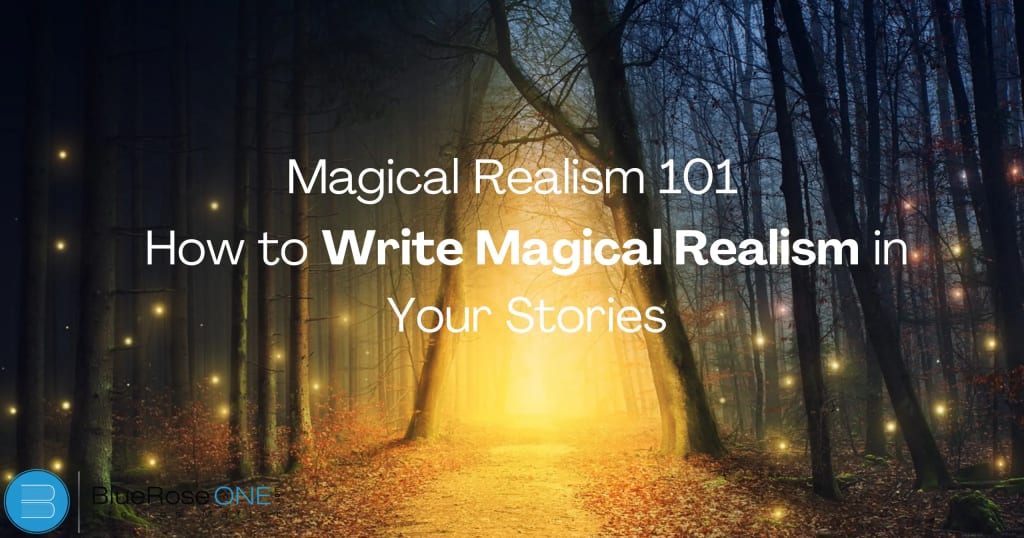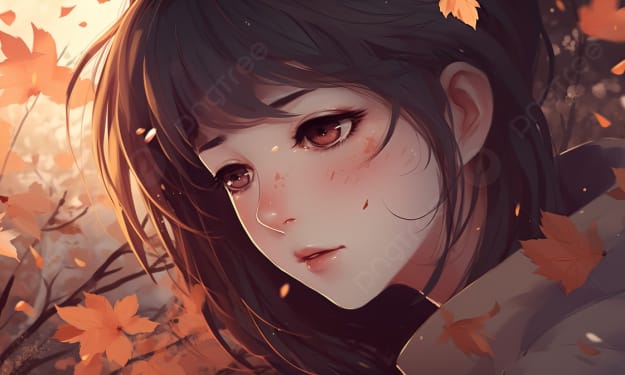Magical Realism 101: How to Write Magical Realism in Your Own Stories
Magical Realism 101

A literary subgenre known as magical realism skillfully combines the fantastical and the commonplace. It transports readers to a place where the fanciful is acknowledged as factual. With its distinct storytelling style, this genre—which is rich in cultural and historical significance—has the ability to change stories and enthrall audiences.
History and Origins
Magical realism finds its roots in Latin American literature, emerging as a response to the political and social upheavals of the early 20th century.
Writers like Gabriel Garcia Marquez, Isabel Allende, and Jorge Luis Borges pioneered this genre, using it as a means to explore and comment on the complex realities of their societies. Their works are filled with vibrant, magical elements that reflect cultural traditions and historical contexts.
Core Characteristics of Magical Realism
Blending of the Real and the Magical
The real and the magical are skillfully combined in magical realism to create a world where the extraordinary and the commonplace coexist. In this genre, paranormal activities are portrayed as commonplace occurrences that are taken for granted by both readers and characters.
For instance, in a setting that otherwise reflects ordinary reality, a character may have conversations with ghosts or travel through time.
By fusing the magical and the real, writers are able to delve into intricate ideas and nuanced feelings, which enhances the story and draws readers in in a fresh way. It is imperative that writers who want to become experts in magical realism embrace this strategy.
Ordinary Settings
Ordinary locations that the reader recognises and believes in are a common aspect of magical realism. These commonplace settings, such as a modest house or a tiny town, help to anchor the narrative in reality.
Because of this familiarity, the supernatural components mix in with the everyday, making them more striking and real. Writers can create a unique and engrossing experience for readers by properly contrasting the remarkable qualities of magical realism with regular situations.
The Mundane and the Extraordinary
Magical realism blends the mundane and the extraordinary seamlessly. In this genre, magical elements are presented as a natural part of the everyday world, making the surreal seem real.
Characters accept the fantastical without question, and the story unfolds in a realistic setting where magic is an ordinary occurrence. This unique mix of the real and the magical creates a captivating and immersive reading experience, central to the charm of magical realism.
Authorial Reticence
A crucial component of magical realism is authorial reticence, in which the author introduces strange elements devoid of context or logic. This method gives the supernatural elements a realistic and recognised place inside the world of the novel.
The author invites readers to accept the supernatural events as commonplace by steering clear of detailed descriptions. This method strengthens magical realism’s distinctive fusion of the commonplace and the exceptional.
Hybridity
In magical realism, hybridity refers to the blending of the real and the magical, creating a seamless mix where extraordinary events coexist with everyday life.
This characteristic allows authors to craft stories that feel both familiar and fantastical. Hybridity enhances the narrative by incorporating supernatural elements in a believable way, making the magical aspects an integral part of the characters’ reality without needing elaborate explanations.
Famous Examples of Magical Realism
“One Hundred Years of Solitude” by Gabriel Garcia Marquez
This iconic novel tells the multi-generational story of the Buendía family in the fictional town of Macondo, blending historical reality with magical occurrences.
“Like Water for Chocolate” by Laura Esquivel
Set in Mexico, this novel intertwines romance, food, and magic, portraying emotions and events through the lens of culinary traditions..Continue reading
About the Creator
Enjoyed the story? Support the Creator.
Subscribe for free to receive all their stories in your feed. You could also pledge your support or give them a one-off tip, letting them know you appreciate their work.





Comments (1)
Informative!